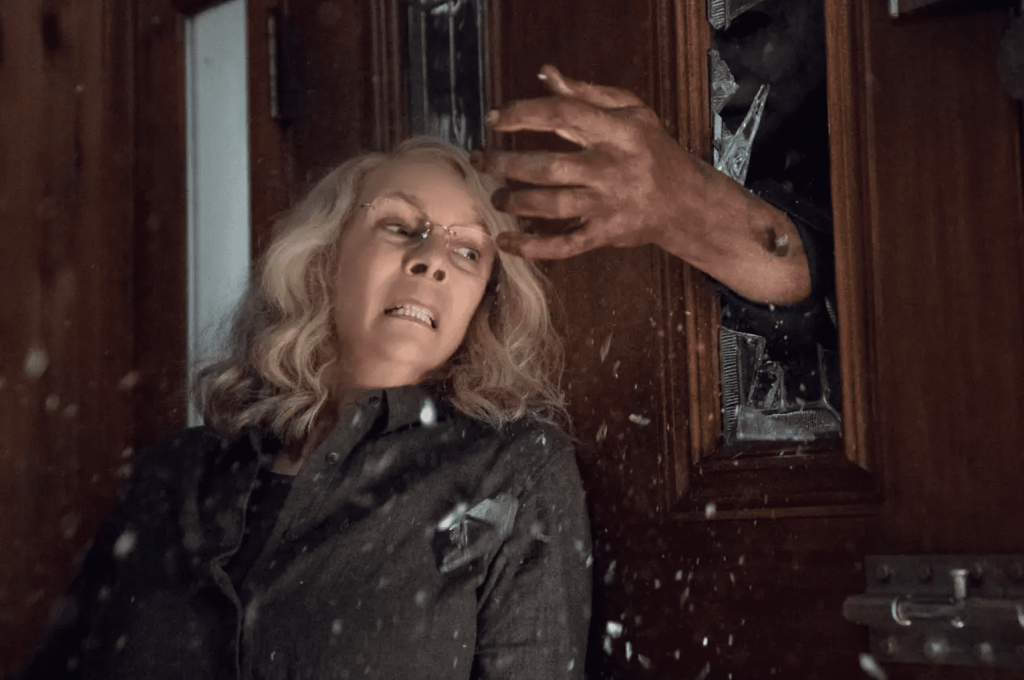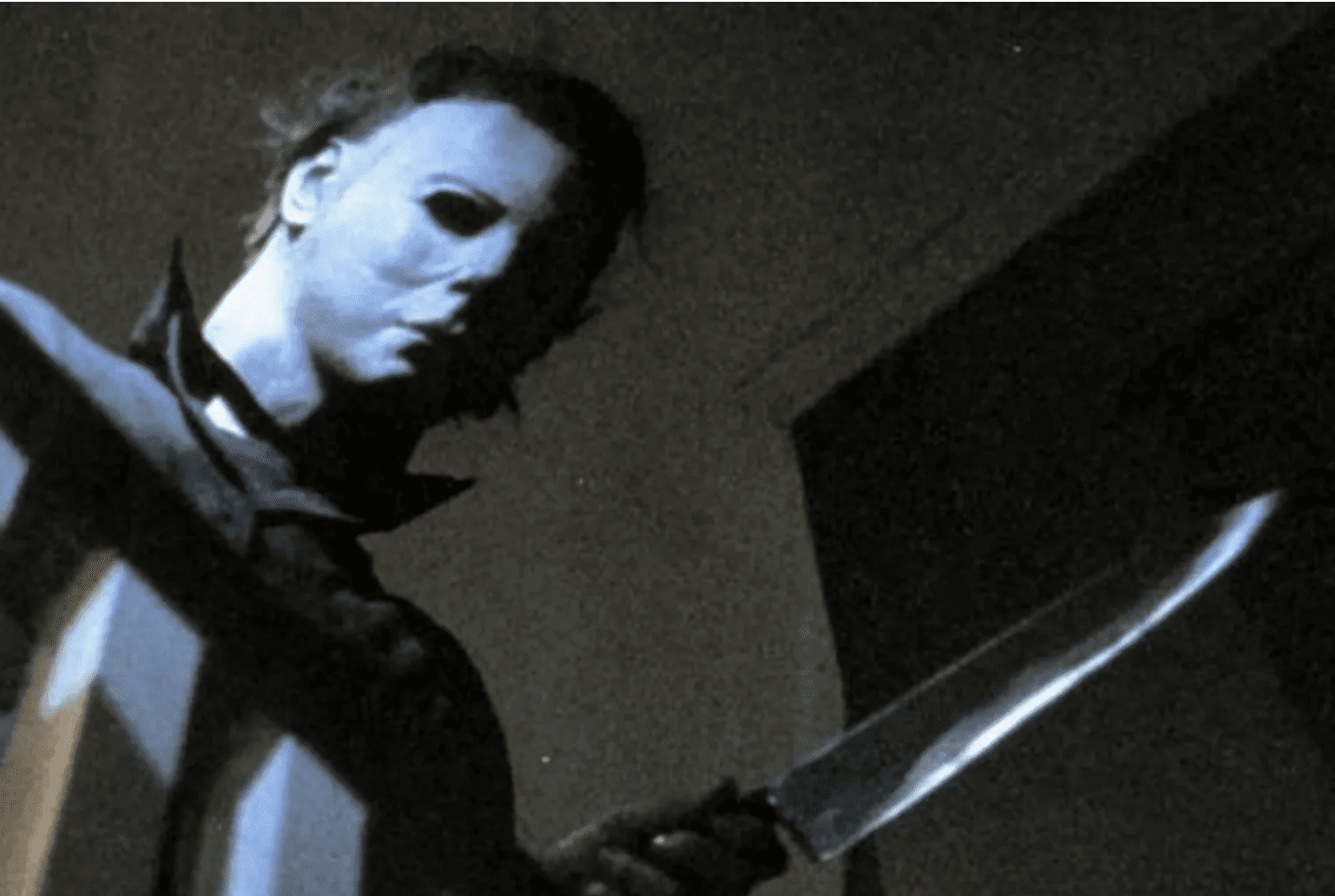Horror sequel ‘Halloween’ is frighteningly good
'Halloween' sequel is frighteningly good

David Gordon Green’s Halloween doled out tricks and treats aplenty, posting a surprising $77.5 million at the box office its opening weekend. Riding a wave of nostalgia as well as a millennial reimagining of classic horror movie tropes, Halloween offers the perfect opportunity to get in the mood for spooky season.
Halloween comes once a year, but for the people of Haddonfield, Illinois, the holiday brings trauma that lasts a lifetime. The film is a soft-reboot and sequel to John Carpenter’s original 1978 flick. This installment ignores all other misguided sequels and prequels the franchise has spawned, including Rob Zombie’s pseudo-intellectual 2007 reimagining, and delivers a true follow-up in the canon. The movie is a nostalgia trip that basks in horror clichés of old while betraying them for audiences of a more progressive generation. The end result is a genuinely ominous picture imbued with self-aware humor.
From the get, the film builds a sense of eerie dread. Two journalists have come to interview infamous villain, Michael Myers (James Jude Courtney), at his mental care facility for their true crime podcast. They’re looking to understand and possibly empathize with the boogeyman figure. Yeah, good luck with that.

The pair enters a courtyard where an unmasked and aging Michael is chained to a stone block. One journalist pulls out Michael’s infamous mask and shakes it, about to goad the infamous killer into speaking. At the sight of the worn and faded mask, the surrounding patients in the yard erupt into a cacophony of screams, yells and panicked hollers. The guard dogs revert to a state of primal fear, hair bristling and fangs bared. The chorus of noise grows, the pace of cuts between each character speed up, and the vintage Carpenter synth score begins to hum from under this dizzying array of images and sounds. Michael clenches his fists and the screen cuts to the title card in its iconic 70s typeface. Halloween is back.
This is a stalker horror film to its core. Even when co-writer and comedy veteran Danny McBride later inserts his brand of self-aware and meta humor, it’s done to make the audience question the rationale of the story’s main characters, not to take away from Michael’s terror.
In one scene, heroine Laurie Strode (Jamie Lee Curtis) wistfully muses how she has prayed every night for forty years that Michael would escape so she could kill him herself. The other characters look around with sardonic skepticism – miming the audience. “Well that was a dumb thing to pray for,” the sheriff scoffs.
The script treats Michael as an ominous unstoppable force that has descended upon Haddonfield. It’s a crisis. When he impales somebody through a fence or mounts their dead husk to a wall using a butcher knife, it’s more jarring and disturbing because the audience had just laughed with the victim in the prior scene.
Moviegoers expecting a modern jump-scare laden experience may walk away disappointed. Halloween presumes that viewers are familiar with the lore of the franchise, which may turn away audience members who aren’t well-versed in the fandom.
However, the film hits the typical horror beats like the “final girl” just enough to keep things fresh and interesting. The shift in the “hunter-prey” relationship between Michael and Laurie Strode in the climax is wicked. Jamie Lee Curtis is commanding and feels particularly powerful in a post #MeToo world. It’s the first time the audience sees a version of Michael that is no longer in control.
Halloween isn’t a traditional horror movie, nor is it a typical sequel. It’s subversive but still faithful to its predecessor. Green didn’t set out to copy Carpenter. He created a unique blend of camp and terror. It’s a film best seen in a theater full of cinephiles or with a few of your best friends as a way to commence Halloween festivities.
Watch the trailer below:





